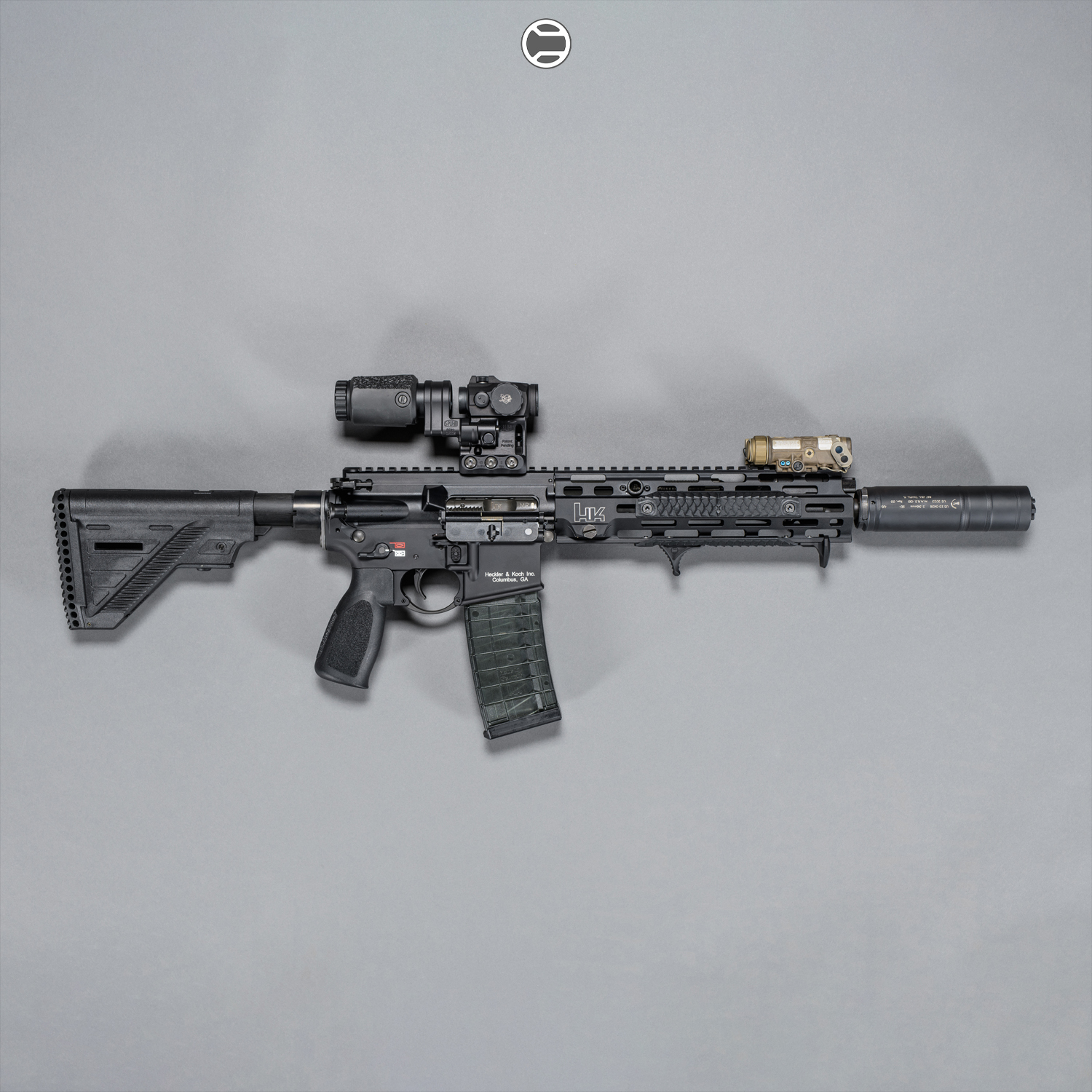
When it comes to understanding the AR-15 platform, few topics are more foundational—and more searched for—than the difference between the AR Upper Receiver and the Lower Receiver. Whether you’re starting a new build, upgrading a rifle, or just trying to figure out what impacts performance the most, knowing the role of each receiver is critical.
This comprehensive guide will break down everything you need to know about the AR Upper vs Lower Receiver— components, AR upgrades, ATF classifications, performance impact, and more.
AR Lower Receiver: The Legal Core of the AR-15
The AR Lower Receiver is considered the firearm in the eyes of the ATF. It’s the serialized part that you must buy through an FFL (unless you’re building a legal 80% lower or similar).
Core Components of the Lower Receiver:
• Trigger Group: Dictates pull weight and shooting feel.
• Magazine Well: Accepts standard AR-15 mags (various calibers).
• Buffer Tube: Houses the recoil spring and buffer, critical for reliable cycling.
• Grip Attachment: Where you mount the pistol grip.
• Safety Selector: Controls fire/safe modes.
Forged vs Billet vs Polymer Lowers
• Forged Lower: Most common. Strong, lightweight, and affordable.
• Billet Lower: Milled from a solid block of aluminum. Heavier but often more customizable with sleek designs.
• Polymer Lower: Lightweight and inexpensive but can have durability issues under stress.
Customizations/Parts to Upgrade on a Lower:
• Upgraded triggers (drop-in or cassette styles).
• Ambidextrous safety selectors.
• Enhanced mag releases.
• Extended bolt catches.
• Upgraded buffer tubes and stocks.
Lower Receiver and State Laws
State-level regulations can affect lower receivers significantly:
• California-compliant lowers must follow special featureless rules.
• States like New York, New Jersey, and others may restrict detachable magazines, features, or "assault weapon" definitions.
Always check local laws before purchasing or building.
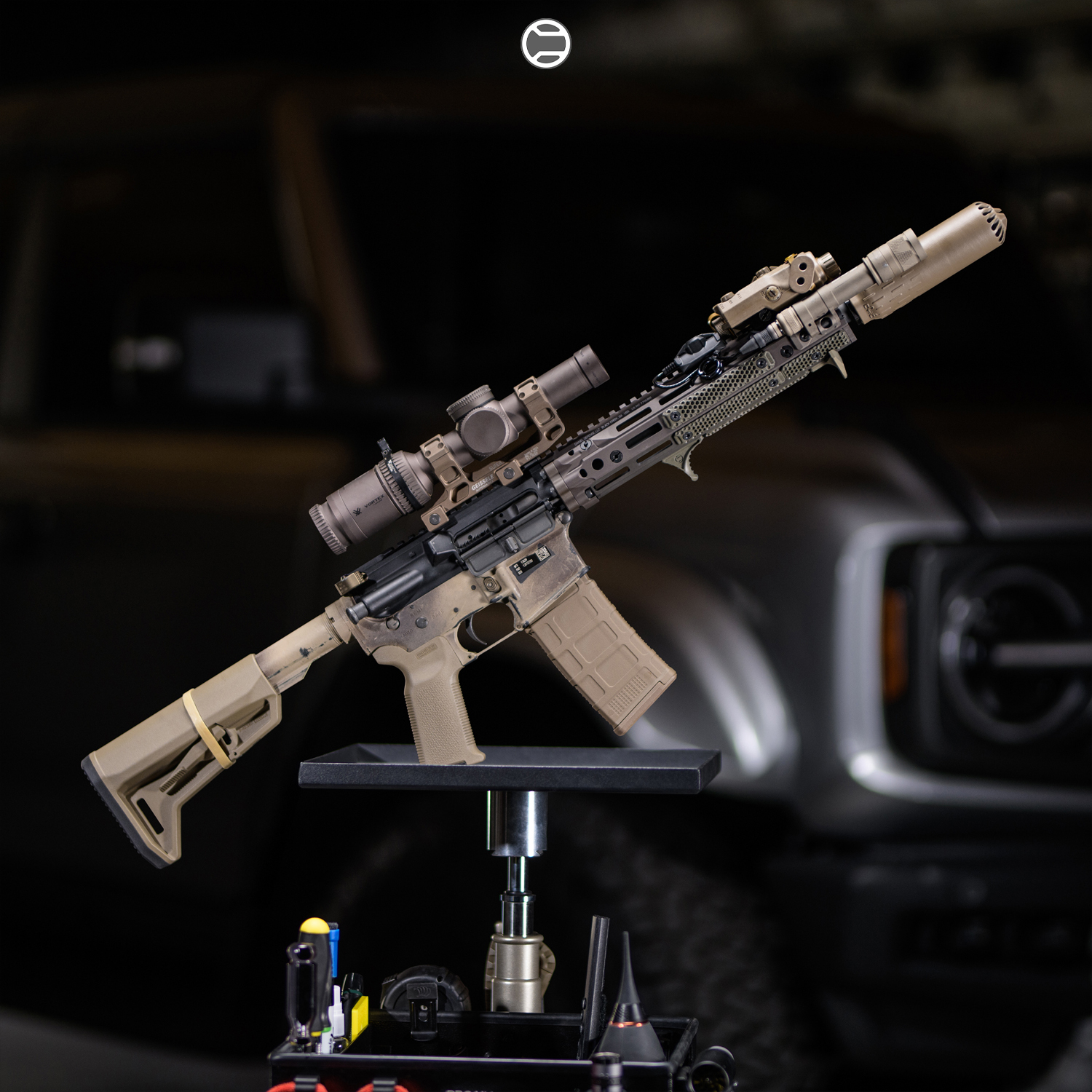
AR Upper Receiver: The Performance
While the lower defines legality, the AR Upper Receiver defines your rifle's performance.
Key Upper Receiver Components:
• Barrel: Determines accuracy, caliber, and range.
• Bolt Carrier Group (BCG): Critical for cycling and reliability.
• Handguard/Rail System: Where lights, optics, and accessories are mounted.
• Muzzle Device: Compensators, brakes, and suppressors are added here.
• Gas System: Impacts reliability and recoil (direct impingement vs piston).
Flat Top vs Carry Handle vs Monolithic Uppers
• Flat Top Upper (Most Common): Features a Picatinny rail across the top for maximum optic flexibility.
• Carry Handle Upper: Classic Vietnam-era M16 design; fixed iron sights with built-in handle.
• Monolithic Upper: Upper and handguard are one solid piece. Stronger but heavier and more expensive.

Direct Impingement vs Piston Systems
• Direct Impingement (DI): Gas is routed back to the bolt carrier group for cycling. Lightweight, accurate, and parts commonality.
• Piston System: Gas drives a piston that cycles the bolt. Cleaner running but heavier and can be less accurate over long strings.
Barrel, Handguard, and Muzzle Importance
• Barrel: Impacts velocity, accuracy, and effective range.
• Handguard: Impacts rail space, ergonomics, and heat management.
• Muzzle Devices: Help control recoil, flash, or suppress signature.
Performance Impacts:
• Accuracy: Heavily influenced by barrel quality and fit.
• Recoil Management: Influenced by gas system tuning, muzzle devices, and hand placement.
• Customization: Uppers can be changed freely without FFL paperwork, allowing users to configure guns for different roles easily.
Which to Upgrade First and Why?
If you're looking for a noticeable improvement in accuracy, reliability, or ballistic performance, focus on the Upper Receiver first.
• Upgrade the Barrel for accuracy.
• Upgrade the Handguard for better control and accessory mounting.
• Upgrade the Gas System for softer recoil or suppressed use.
If you want to enhance handling, ergonomics, or trigger feel, start with the Lower Receiver.
• Upgrade the Trigger for a crisp break.
• Upgrade the Stock/Grip for better handling.
• Upgrade the Buffer System to fine-tune recoil impulse.
Ultimately, the upper drives how the gun shoots, while the lower drives how the gun feels.
RailScales Products: Upper vs Lower Receiver Applications
When considering upgrades to either the upper or lower receiver of your AR-15, it’s important to select AR accessories that not only fit the platform but also enhance function, control, and reliability. RailScales products are specifically designed to integrate seamlessly with the AR-15 architecture, and depending on the part of the rifle you're improving, different RailScales offerings come into play.
RailScales Products for the Upper Receiver and Handguard:
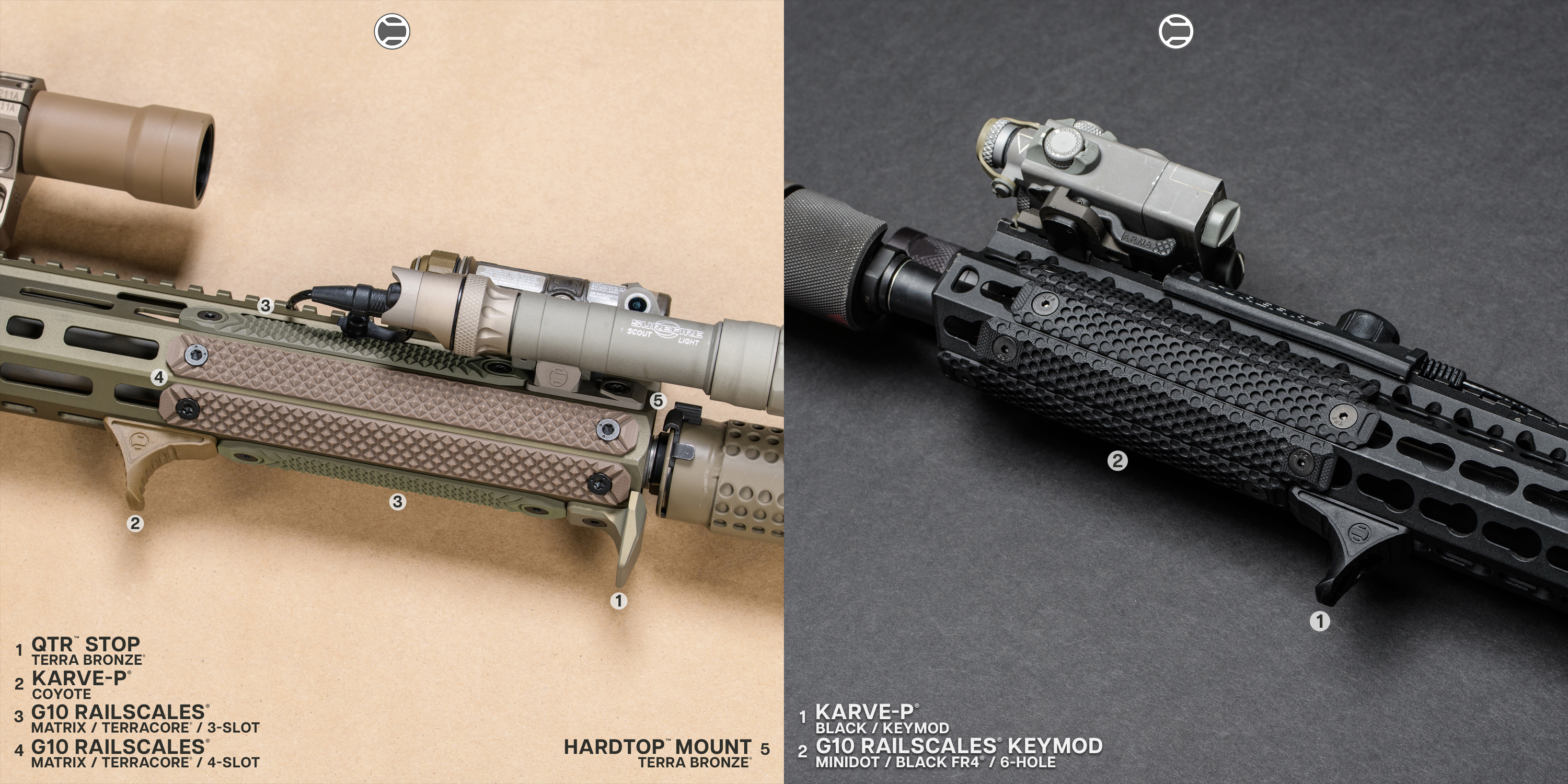
• RailScales G10 Panels (M-LOK and KeyMod)
Designed to attach directly to M-LOK or KeyMod handguards on the upper receiver, our G10 rail covers offer superior heat resistance, grip enhancement, and aesthetic appeal. They protect the support hand during extended firing sessions and improve weapon handling without adding bulk.

• Karve® and Karve-P® Handstops
These low-profile, bi-directional handstops mount to the handguard (upper assembly) and provide consistent indexing points, improved recoil management, and faster target transitions.
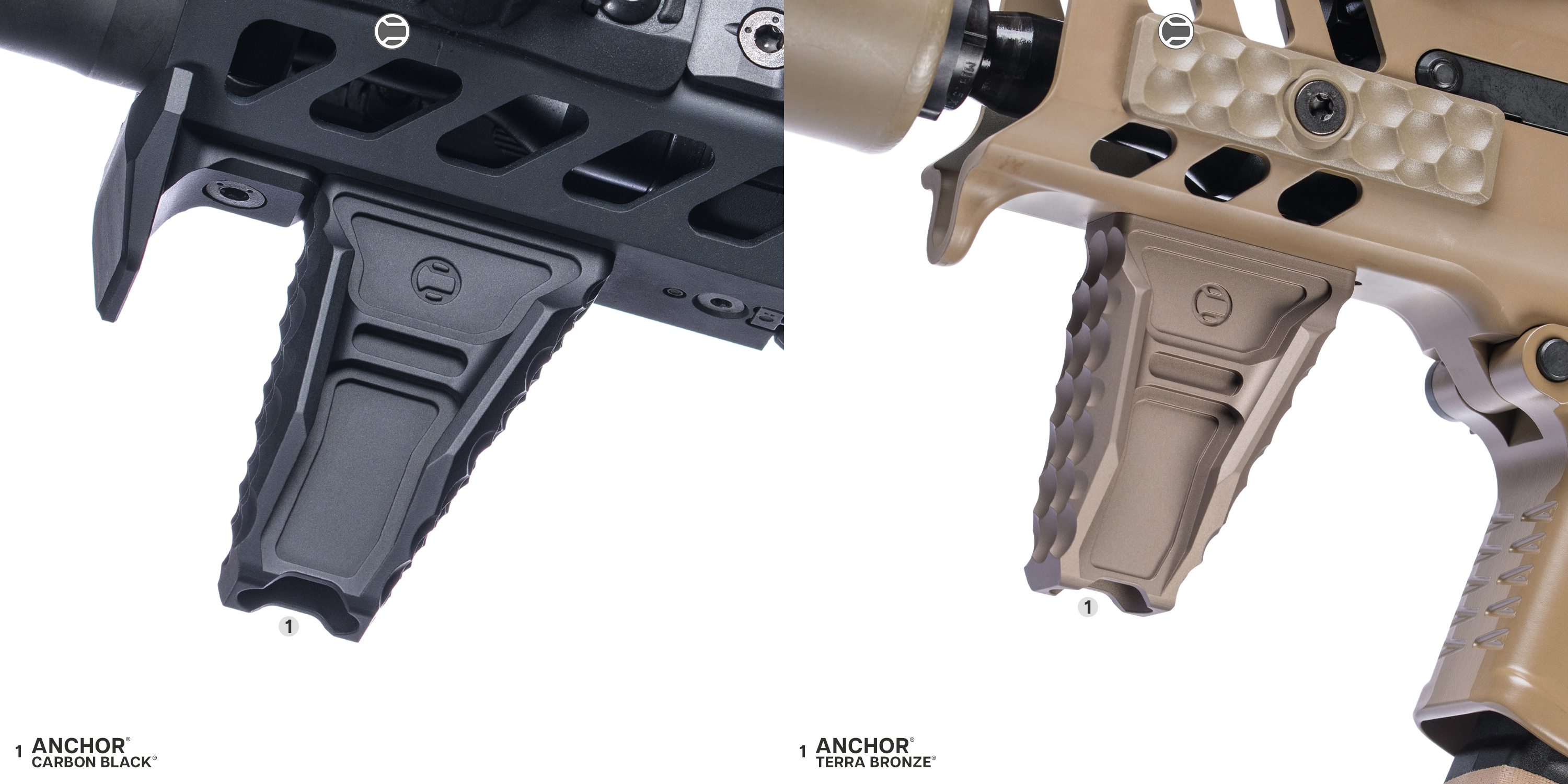
• Anchor® Vertical Grip
Mounted to the M-LOK or KeyMod handguard, the Anchor acts as a hybrid between an angled and vertical foregrip, enhancing weapon control during dynamic movement.
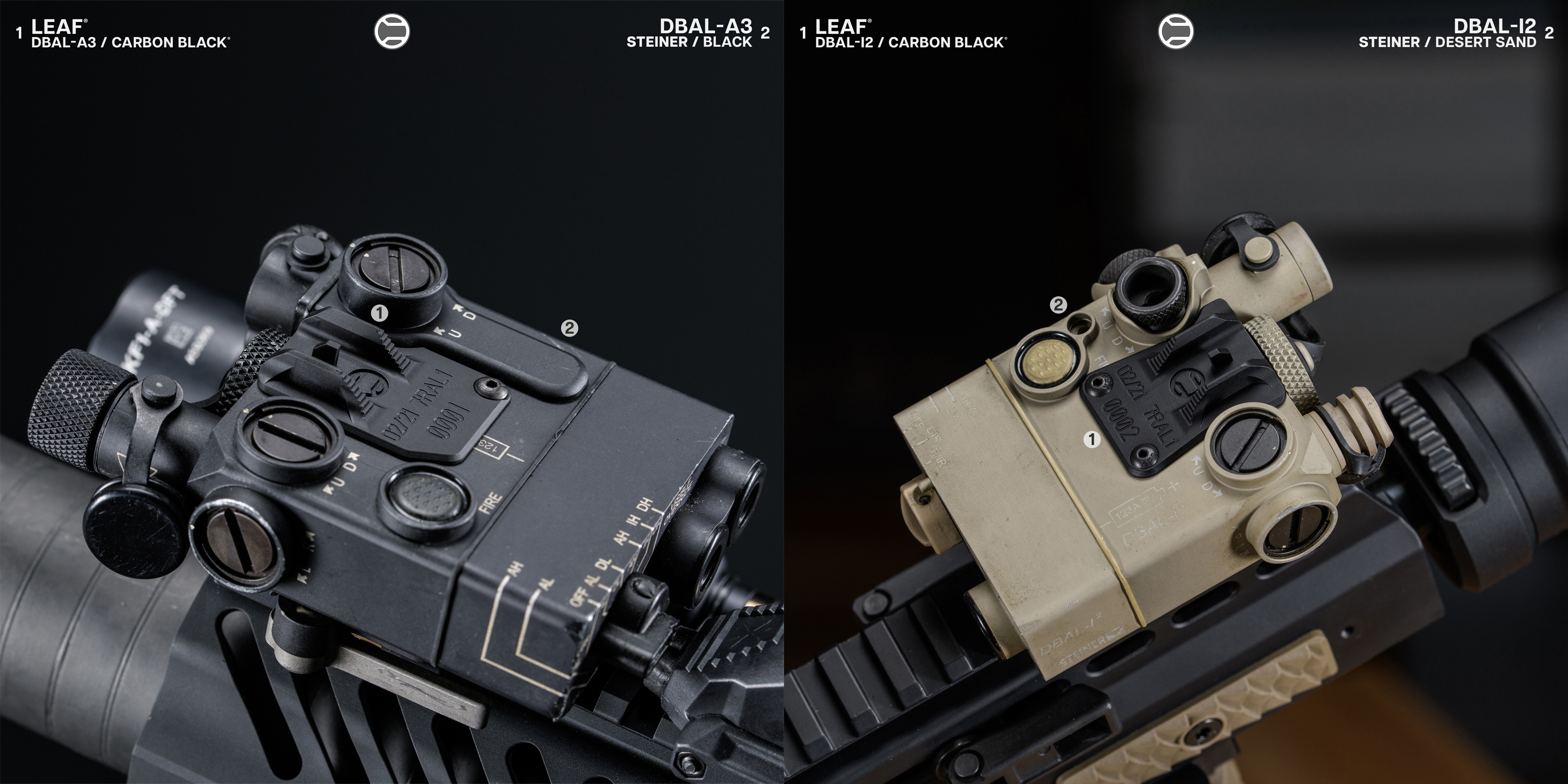
• LEAF® Fixed Sights
Integrated into upper rail systems, especially when using laser aiming modules (like DBAL-A3 or ATPIAL), the LEAF offers an innovative fixed front sight solution without taking up valuable rail space.
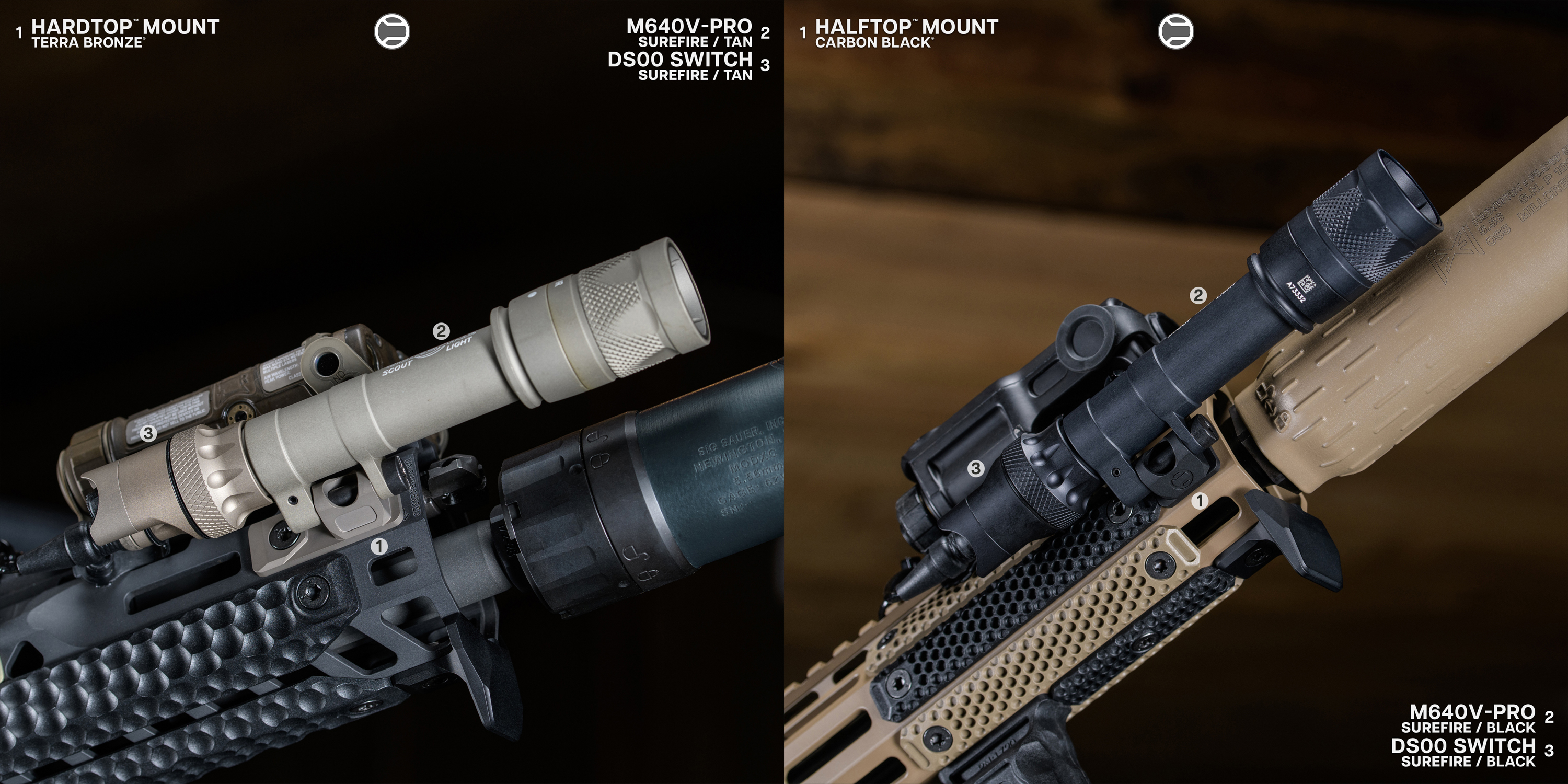
• Hardtop™ and Halftop™ Light Mounts
Precision M-LOK mounts designed for SureFire Pro weapon lights. These mounts install on the handguard portion of the upper receiver to ensure optimal light placement without cluttering the rail.
RailScales Products Relevant to the Lower Receiver:
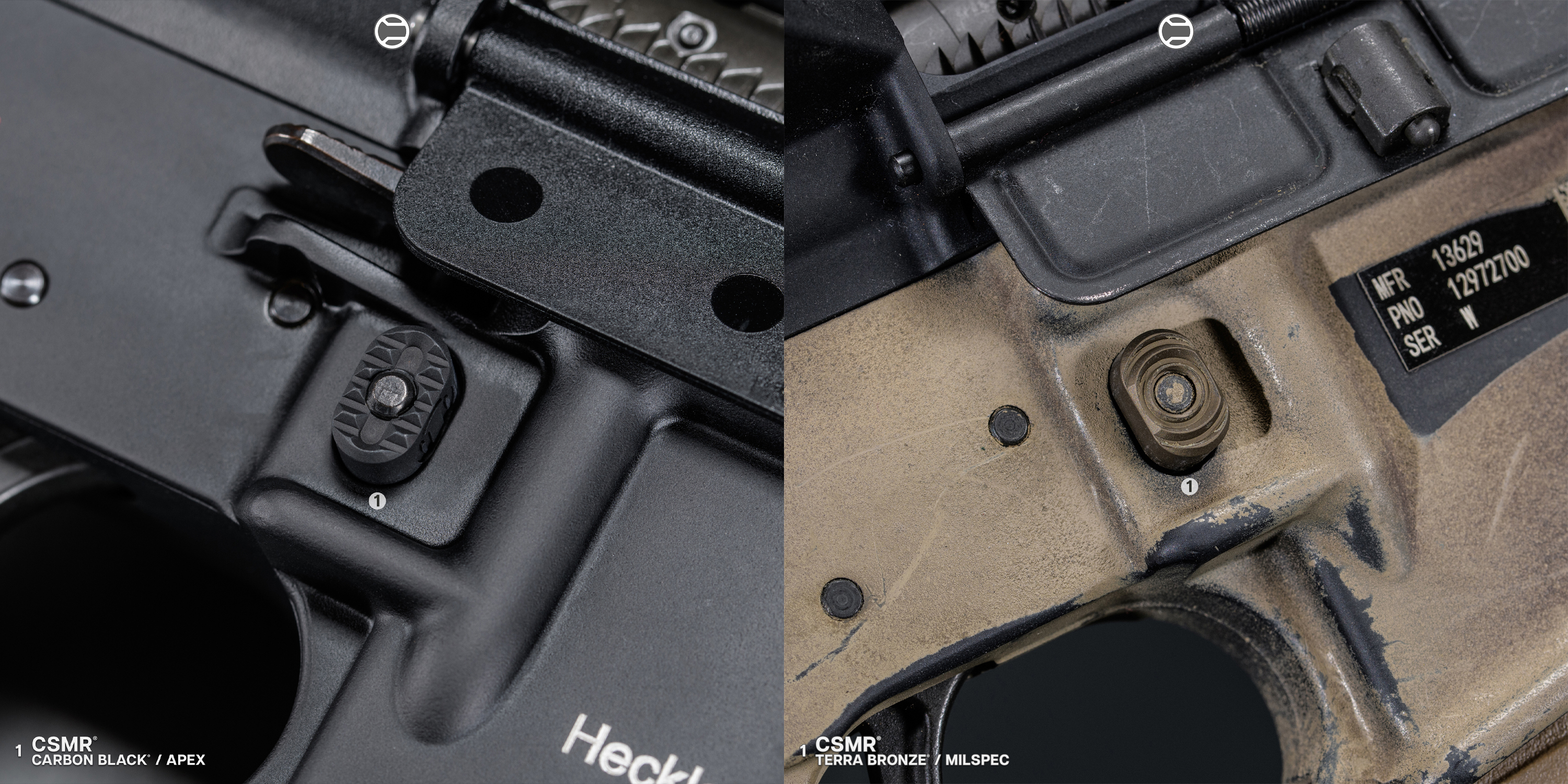
• CSMR® Mag Release Button
A direct upgrade to the lower receiver's mag release, the CSMR features improved ergonomics with an 8° angled rake for faster magazine changes. Available in matching anodized colors to complement upper receiver upgrades.
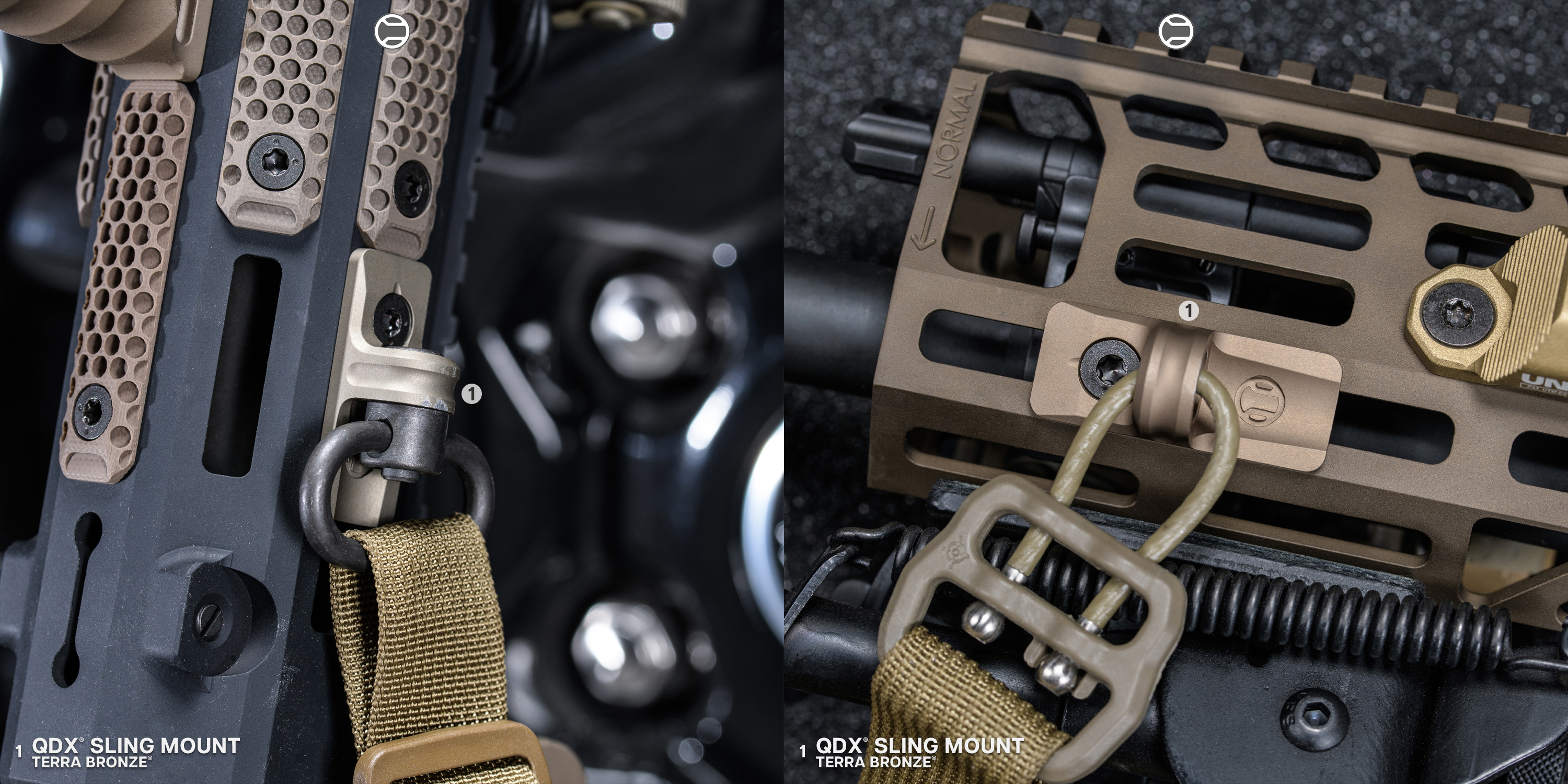
• QDX™ Sling Mount
While primarily mounted on the handguard (upper), the QDX can also be used on M-LOK rails affixed near the lower receiver end to optimize sling setups for weapon retention and control.
FAQ: AR Upper Receiver vs Lower Receiver
Q: Why is the lower receiver serialized but not the upper?
• A: Because the lower houses the fire control group (trigger mechanism), which is the legal definition of a firearm according to U.S. regulations.
Q: Can I switch uppers on a registered lower without paperwork?
• A: Yes. As long as your lower is properly registered (if needed in your state), you can switch complete uppers freely without any additional paperwork.
Q: Which upgrade impacts accuracy more, barrel or trigger?
• A: The barrel in the upper receiver will generally have a much greater impact on raw mechanical accuracy than the trigger.
Q: Is billet better than forged for a lower?
• A: Billet lowers are more customizable but can be heavier. Forged lowers are generally stronger for the weight and are usually more affordable.
Q: What's the biggest reason to upgrade the upper receiver first?
• A: If you're looking to shoot farther, more accurately, or tailor your rifle for specific purposes (like suppressed use or CQB), upgrading the upper will have a bigger return on investment.
Wrapping It Up
Both the AR Upper and Lower Receiver play important roles, but the upper receiver is where the real performance gains happen. If you're planning your next build or thinking about your first upgrade, understanding these differences can help you spend your budget wisely.
Explore high-performance upper receiver upgrades, precision parts, and rail accessories at RailScales® — and take your AR-15 to the next level.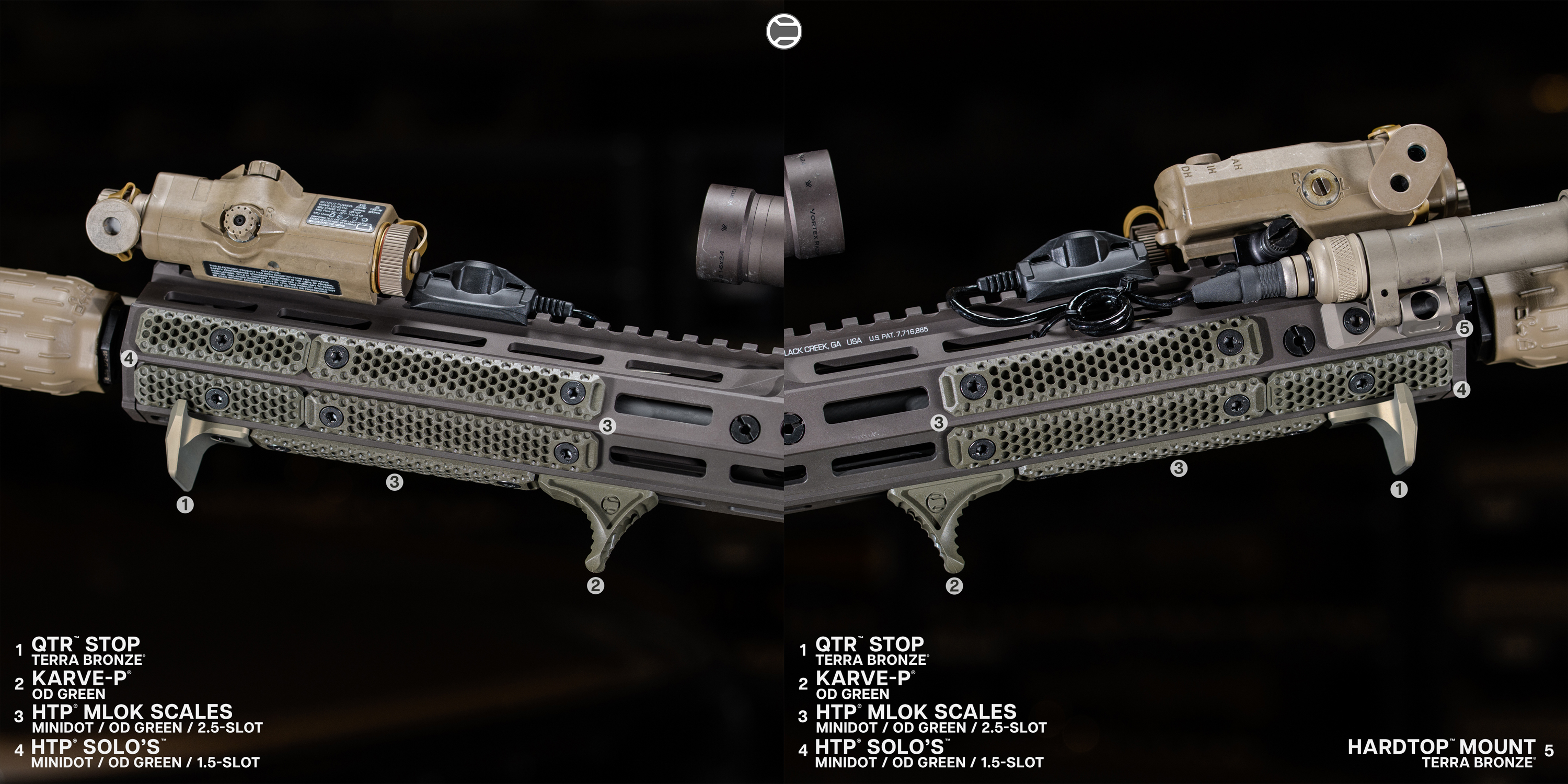
Disclaimer:
This blog content was generated by a human and with the aid of artificial intelligence. It may contain errors or inaccuracies and should not be relied upon as a substitute for professional advice. This content is for SEO/entertainment purposes only and the views expressed in this content does not necessarily reflect the views of RailScales LLC. For more information, please refer to bullet point #13 on our FAQ.

